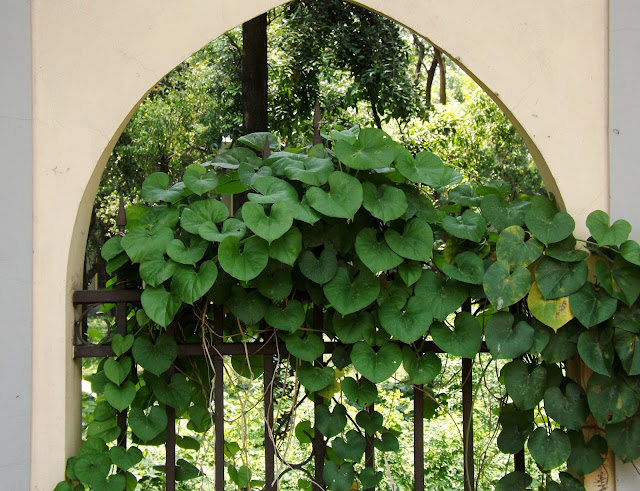Padauk or Malay padauk, Pterocarpus indicus
Padauk or Malay padauk (Pterocarpus indicus, family: Fabaceae) is a large deciduous tree with spreading and drooping branches, attaining a height of 20-40 m. Bark is almost smooth and grey. In early summer the tree floods its entire body with yellow flowers. But those only last for one day. The next day there are no flowers left on the tree. It is found in the hilly areas of Chottogram Division. It is also found in Myanmar, India, Malaysia as well as other Southeast Asian countries.
Leaves are imparipinnate (having single leaflet at the pinnate's end), glossy green, oval-lanceolate, undulate. Leaflet is 5-9, 8-10 cm long and 4-6 cm wide.
Flowers are highly scented. Those are small, in terminal inflorescence, yellow-colored. It blooms 3 times a year.
Fruit is round and flat, papery, 3-5 cm wide, indehiscent, single-seeded. It has feather, and because of this it can float in the air and spread far and wide. Propagation is caused by seeds and cuttings. At the end of winter, the giant tree becomes leafless. And at this time the dried fruits are seen hanging in the tree.
Its leaves are used in fever and seeds in vomiting. Its timber is strong and valuable. It is used for making furniture, musical instument and house constraction.
Having large and nice canopy, it is planted in parks, botanical gardens in Bangladesh. There are nice rows of trees on both sides of the Hair Road in Dhaka. By the by, ‘Pterocarpus’, the genus name of the tree means feathered.






Very nicely described ! 👍💕
ReplyDelete